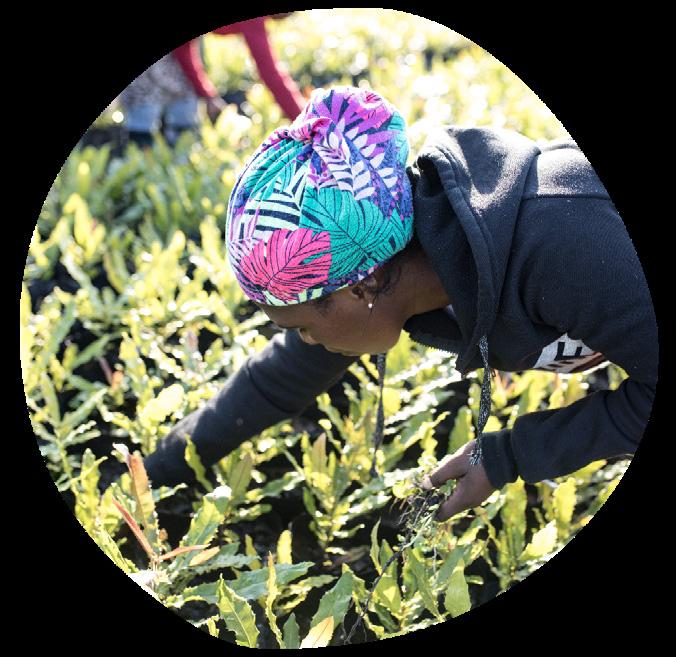
1 minute read
Sustainability
from WMO Resources
Increasingly consumers care about the sustainability of the foods they chose to consume. The natural food conscious consumer wants to know food is grown ethically and without a detrimental impact on the earth.
Macadamias are grown in sub-tropical environments in most continents in the world. Whilst there is variation in the farming systems, across the world care is shown by farmers to have a favorable impact of the environment and communities where they grow their crops. The World Macadamia Organisation will build a data led picture of the different farming systems and highlight sustainability initiatives from across its member countries.
Advertisement
Of the 17 Sustainable Development Goals (SDGs), the WMO will focus on no poverty, zero hunger, clean water and sanitation, decent work and economic growth, responsible consumption and production, climate action, life below water, and life on land.

Water Use & Quality
Macadamias are mainly grown in rainy, sub-tropical regions of the world within generally within the band of the 35th parallel and the equator. Macadamias are a tree crop and there is a natural water efficiency that comes with this. Traditionally, macadamia crops were not irrigated. For more recent plantings the majority of orchards receive supplemental irrigation in dry periods, with improving irrigation technology enabling farms to be increasingly efficient in water usage.
Climate Change & Carbon
Macadamia trees typically live for around 40-60 years while some live more that 100 years. Based on their longevity, their store of carbon is long-term contributing to both above ground biomass and in soil organic matter. Macadamia trees can store three tonnes of CO2-equivalent per year in their stems and branches alone, whilst the compost from husks and other organic matter boosts soil carbon and soil health in many macadamia orchards.
Economic Development
In many developing countries macadamia nuts’ low maintenance requirements and ability to fit into mixed cropping systems makes the nut an ideal food item for small land holders who combine food production with cash-crop options. For both larger and smaller farms, there are often strong connections with local rural communities for labour, supplies and services.
Low Impact & Circular Economy
Macadamia nut production provides several examples of truly circular crop production. For example, the macadamia husk can be returned to orchards as compost, whilst the macadamia shell is often burned for fuel at the processing plants. There is a strong focus on soil health, with the balance of chemical and organic fertilisers applied based on the nutritional requirements of the trees, rather than as a routine activity. The orchard floors are closely managed, as the shallow network of feeder roots draw nutritients from the soil.
To find out more, please visit www.lovemacadamia.org








